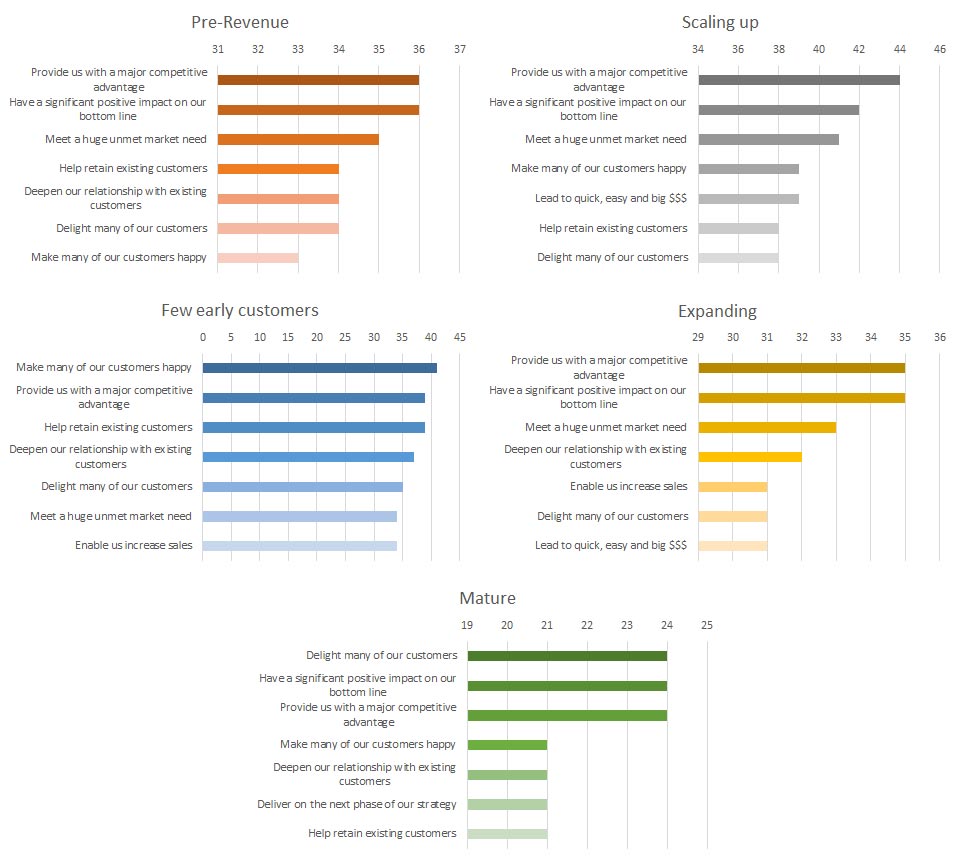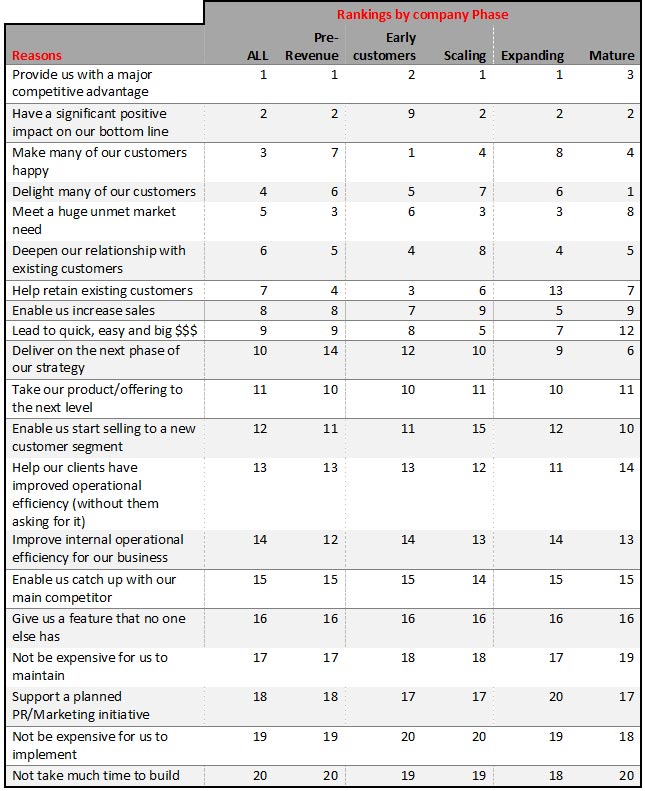A common challenge faced by business executives is deciding on which opportunities to pursue, usually at the expense of other options. I hold the view that in business, leaders have to place ‘qualified bets’ based on the reading of the future. Whenever I read stories about companies that failed, some writers blame the executives for the failure of the company – attributing the failure to the companies’ lack of vision or the leaders’ feeling of being indomitable. While this may be true, I don’t believe that is the full story. Those companies did not fold their arms and do nothing. They kept on working on other initiatives, spending time, money, and resources on other initiatives and innovations that they felt were at the best interest of their company, all at the expense of the disruptive innovations that blew them out of the water. They placed a bet on the wrong. Hindsight is 20/20!!!
I have had the fortune of co-founding a startup that grew to be hugely successful. When we were smaller, the choices of which initiatives to pursue were easier. As we grew in size, revenues, number of products, and clientele, it was always a continuous ‘internal battle’ deciding on which initiatives to pursue, which ones to pause, and which ones to discard. At certain times, we had as many as 70 initiatives to choose from, and even with the best of intentions, we still had to say ‘no’ to some very appealing opportunities simply because we didn’t have unlimited resources to pursue them all.
A couple of weeks ago, my colleagues (in my new startup) and I were refining our strategic initiatives for the rest of the year. Prior to this time, things had been very clear on what next to pursue, but it was slowly starting to get fuzzy. Different folks had different ideas on what to prioritize. The customer success folks were staunch advocates on focusing on “what customers want”, the strategy inclined folks insisted on “delivering on the next phase of our strategy”, while our product managers who are versed in using prioritization frameworks and techniques like WSJF and Dude’s Law, reminded me about an article that I had shared with them in the past about product prioritization. Being a non-repentant product manager at heart, I leaned towards the frameworks that I had learned, until I kicked myself into remembering that I had been here before.
Prior experience has shown me that gut feel (intuitive approach) is almost as important as the score-based models. I had also previously concluded (without evidence) that those frameworks are hugely contextual, and tend to force companies to be short-sighted – I doubt they could have led to the creation of the iPhone or launching of Amazon. Right in the middle of my dilemma, I decided to create a survey to pick the brains of other people that have faced (or are facing) the same issue.
What influences features prioritization?
In the questionnaire, I listed 20 parameters that could influence the choice of features to include in a company’s solution or offering. Each question started with “Implementing this new feature will:” and then followed by the options / reasons. For each parameter, respondents were asked to specify if each reason (considered alone) was enough to add a new feature to their solution or offering. The options were ‘Is Not Enough reason!’, ‘Is Almost Enough reason!!’, and ‘Is Definitely Enough reason!!!’. The link to the survey was posted on LinkedIn and Twitter, and was opened for 6 days. 230 responses were received from different parts of the USA, Nigeria, Germany, Canada, Netherlands, Trinidad and Tobago, Mauritius, UK, South Africa, Egypt, Ghana, Australia, Brazil, Singapore, Romania, Kenya, and Pakistan. Of the respondents: 20% work in ‘Pre-revenue companies’, 22% in companies with ‘Few early customers’, 26% in companies that were in the ‘Scaling up’ phase, 20% in the ‘Expanding’ phase, and 13% in ‘Mature’ companies.
The top reasons specified as being ‘definitely enough’ in deciding which feature to add were
“Features that will:
- Provide us with a major competitive advantage
- Have a significant positive impact on our bottom line
- Make many of our customers happy
- Delight many of our customers
- Meet a huge unmet market need
- Deepen our relationship with existing customers
- Help retain existing customers”

Figure 1: Top reasons TO focus on a new feature (using ALL respondents’ data)
Earlier in this article, I posited that frameworks did not consider the contexts in which organizations find themselves. Such contexts that should be considered include the size/stage of the company, the competitiveness of the industry, or the market in which the company operates in, among other things. Looking at the responses based on the stage of the company, you can see that slightly different reasons are important to organizations at different stages of their business.

Figure 2: Top reasons TO focus on a new feature (respondents’ data based on business stage)

Table 1: How reasons to focus on new features vary based on business stage
From the responses received, I can clearly see those that think like me and those that think radically different. If it were left to me alone, my colleagues and I would take the features in our roadmap and score them against the reasons specified for the stage of our business – basically would be evaluating what we believe is ‘of most value’ in our context. At the back of our minds, we would however need to ensure that the big and audacious ‘strategic’ initiatives are also considered even more seriously than the others.
Notes:
- No statistically validated measures were used
- I did not attempt to evaluate statistical significance (similarity or differences)
- No statistical sampling was used





